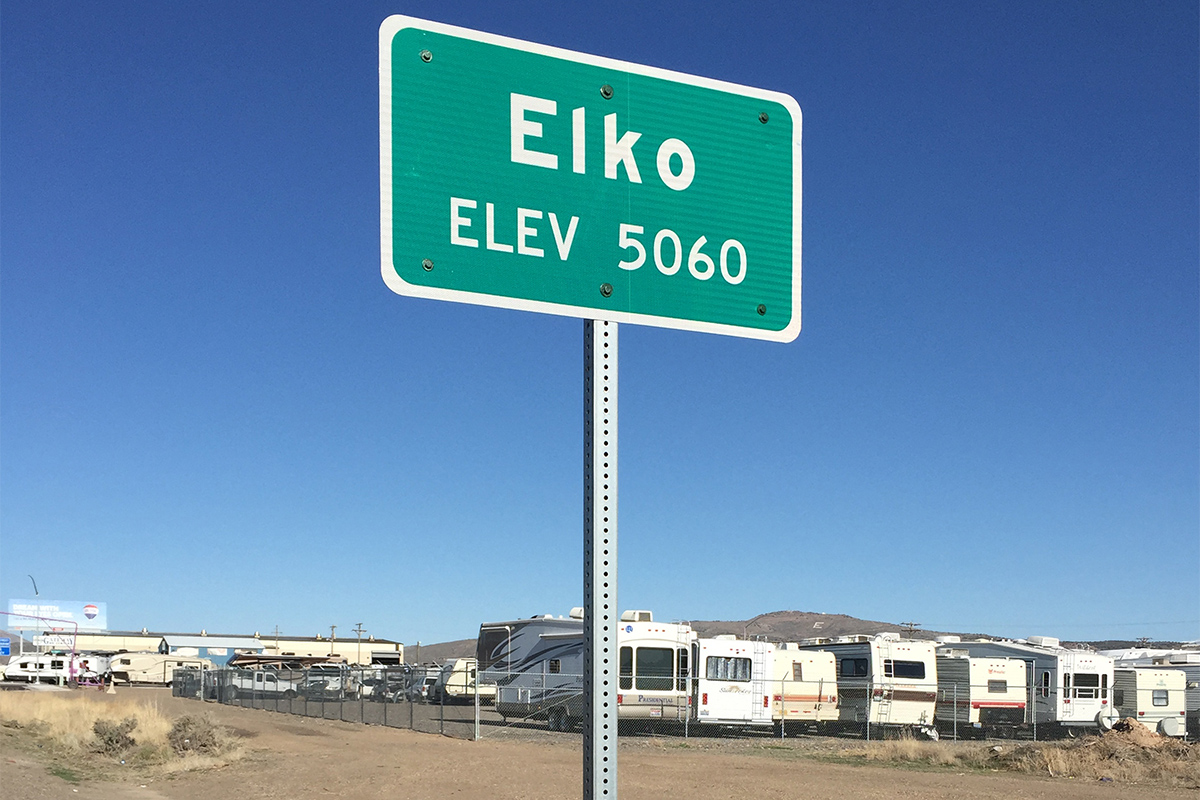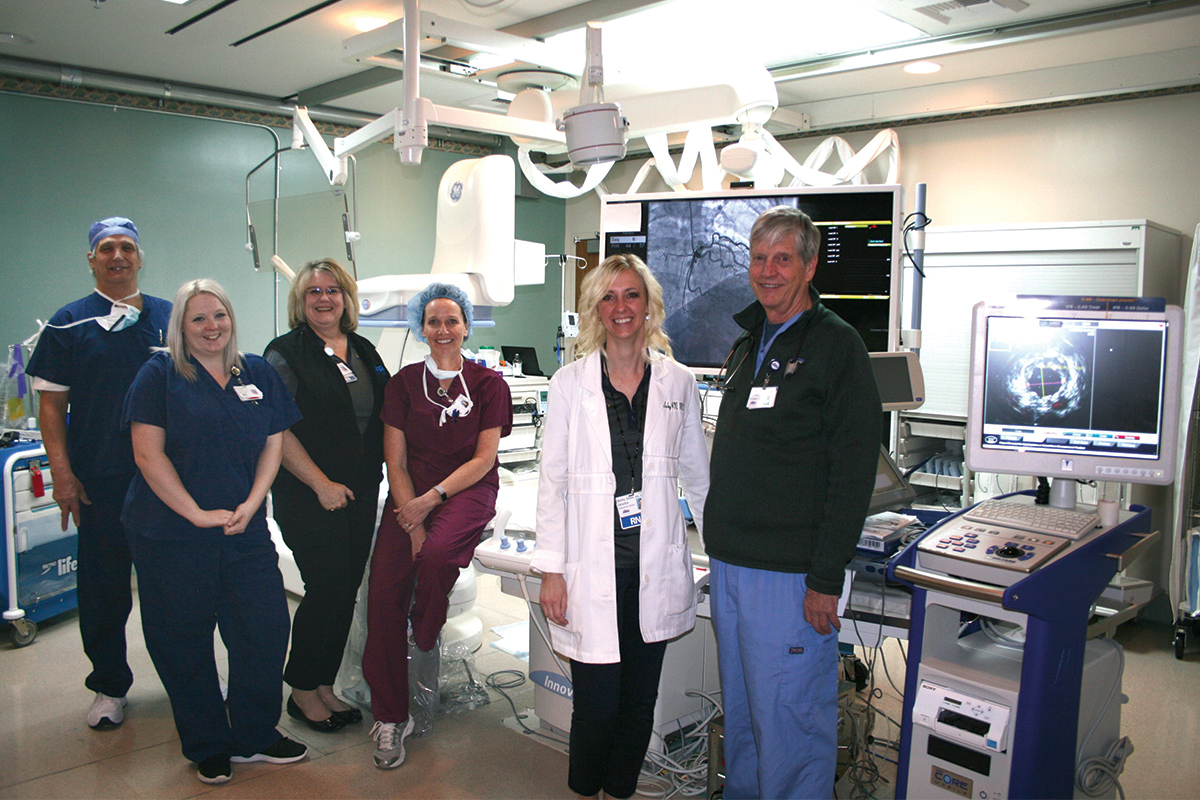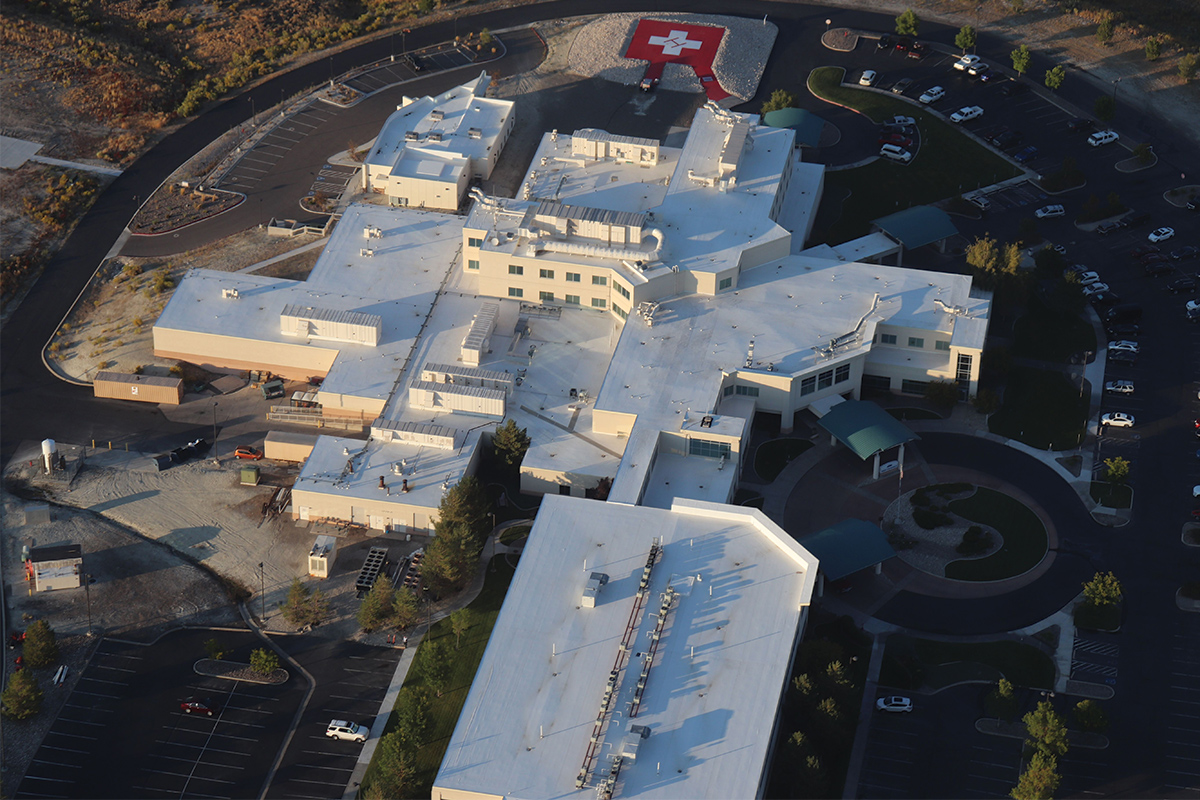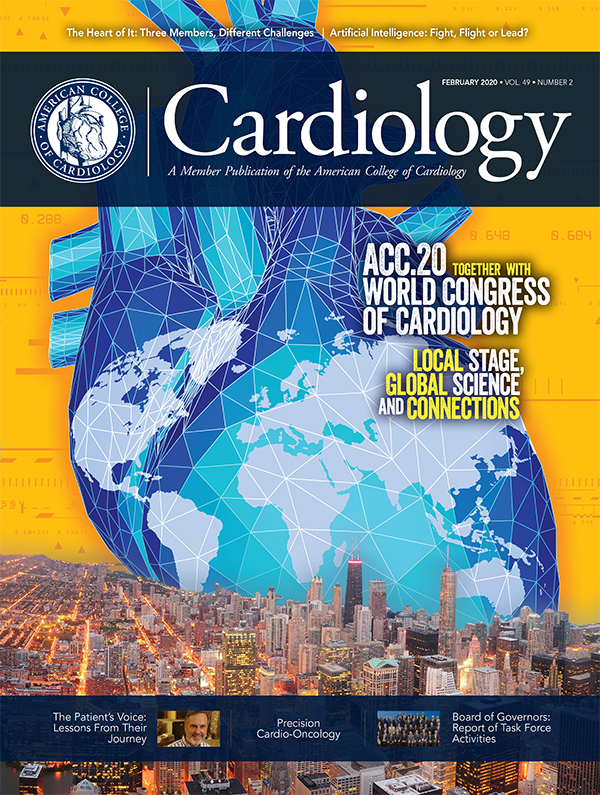Quality Improvement For Institutions | Rural Cath Lab Looks to NCDR to Drive Improvement, Overcome Unique Challenges

Elko County, NV, is not unlike many rural areas when it comes to health care. As an isolated location in Nevada's Ruby Mountains, access is limited, and residents often need to travel for specialized care.
The county's average age is 33 years, but cardiovascular disease is the leading cause of death.
Until a few years ago, STEMI patients at Northeastern Nevada Regional Hospital (NNRH), located in Elko, NV, often had to hope for the best. The hospital's cardiac catheterization (cath) lab, which opened in 2005, provided only diagnostic services.
Patients requiring PCI had to be airlifted to a larger hospital several hours away, usually arriving at the tertiary center outside the recommended door-to-balloon time of 120 minutes for STEMI patients requiring transfer.
Some patients were too critical to be airlifted, and inclement weather made air transport impossible many times throughout the year.

The majority of the nurses at NNRH attended the local community college and completed clinical rotations at the hospital, thus they'd never been exposed to a cath lab.
Finding an interventional cardiologist was even more difficult.
"Recruiting from outside the area is challenging unless we're getting people who are moving here for the gold mines," says Becky Jones, RN, MSN, NNRH, director of cardiovascular services.
"It's a three-hour drive to the nearest shopping center, so we're really in the middle of nowhere."
For a decade, the cath lab provided diagnostic services two or three days a week. However, Jones and her colleagues were determined to bring PCI care to the area. They prepared by researching cath lab procedures and honing in on ACC's guidelines. They also visited an Idaho hospital to learn more about cath lab operations and best practices.
By 2016, the hospital had recruited two interventional cardiologists – Rodney Badger, MD, FACC, and Dirk Vandergon, MD, FACC – who shared experiences and protocols they had used previously.
"We really pulled from their experience and knowledge and they were critical to helping us set up standards," Jones says. With two new physicians and protocols in place, the cath lab began offering PCI in 2016.
 Members of NNRH's cath lab staff (from left): Stephen Funk, RCIS; Elizabeth Syme, cath lab technician; Stephanie Downs, RN, cath lab nurse; Sue Windous, RN, cath lab charge nurse; Becky Jones, RN, MSN; and Rodney Badger, MD, FACC.
Members of NNRH's cath lab staff (from left): Stephen Funk, RCIS; Elizabeth Syme, cath lab technician; Stephanie Downs, RN, cath lab nurse; Sue Windous, RN, cath lab charge nurse; Becky Jones, RN, MSN; and Rodney Badger, MD, FACC.
At this point, the hospital also joined ACC's CathPCI Registry. For Jones, joining the CathPCI Registry was a driving force for success.
"We had no pulse on our quality. We had no idea if we were delivering a good product because we had nothing to compare. Once we had registry data, we could zero in on areas where we weren't meeting the national benchmark," she says.
When the cath lab began performing PCI, a monthly cardiology committee that included staff from the cath lab discussed training needs, equipment and inventory, protocols, and establishment of evidence-based order sets.
After evaluating baseline data from the CathPCI Registry, the team decided to focus on two improvement areas: radiation reduction and contrast use. Jones presented a poster describing these efforts at last year's ACC Quality Summit.
To address radiation use, the team educated all cath lab staff and providers and established a system in which the cath lab team called out during a case if a patient reached 2 Gy and again for each Gy thereafter.
They developed routine protocols for all patients who reached 4 Gy and 5 Gy. A physicist made recommendations for follow-up treatment for all cases over 5 Gy.
For contrast use, the team used Society for Cardiovascular Angiography and Interventions guidelines and a risk calculator to identify patients at risk of contrast-induced nephropathy.
The team measured patients' left ventricular end diastolic pressure based on risk and developed protocols to minimize the risk of kidney damage during the procedure. The team was alerted during the case if a patient's maximal acceptable contrast dose reached 50 percent and 75 percent.
With these protocols, the team reduced fluoroscopy time by 37 percent and contrast use by 19 percent during a three-quarter period in 2017.
For Jones, using CathPCI Registry data to identify and close gaps in care helped confirm that NNRH's cath lab was providing high-quality cardiovascular care despite limited experience.

"It really is amazing," she says, thinking back to STEMI patients she treated before PCI was available. "Every once in a while, I step back and think, 'I cannot believe what we've done here.' This program has progressed so much in a short amount of time, and I feel confident to say we're using good metrics and standards to hold us accountable."
Since starting the cath lab program in 2016, NNRH became the first facility in Nevada to achieve Cardiac Cath Lab Accreditation with PCI from ACC Accreditation Services.
The hospital has also earned Chest Pain Center Accreditation with Primary PCI and has a goal of earning the ACC HeartCARE Center designation.
Clinical Topics: Cardiovascular Care Team, Invasive Cardiovascular Angiography and Intervention, Noninvasive Imaging, Interventions and Imaging, Angiography, Nuclear Imaging
Keywords: ACC Publications, Cardiology Magazine, Benchmarking, Myocardial Infarction, Cardiovascular Diseases, Nursing, Supervisory, Percutaneous Coronary Intervention, Cause of Death, Follow-Up Studies, Blood Pressure, Registries, Cardiac Catheterization, Fluoroscopy, Hospitals, Diagnostic Services, Accreditation, Angiography, Weather, Pain Clinics, Mustelidae

